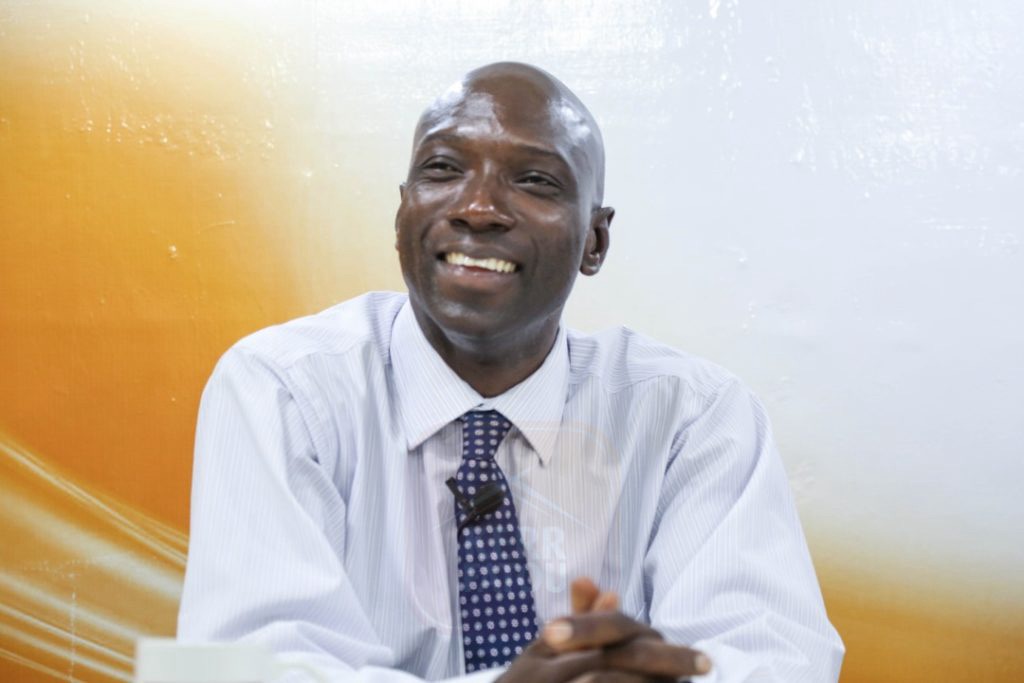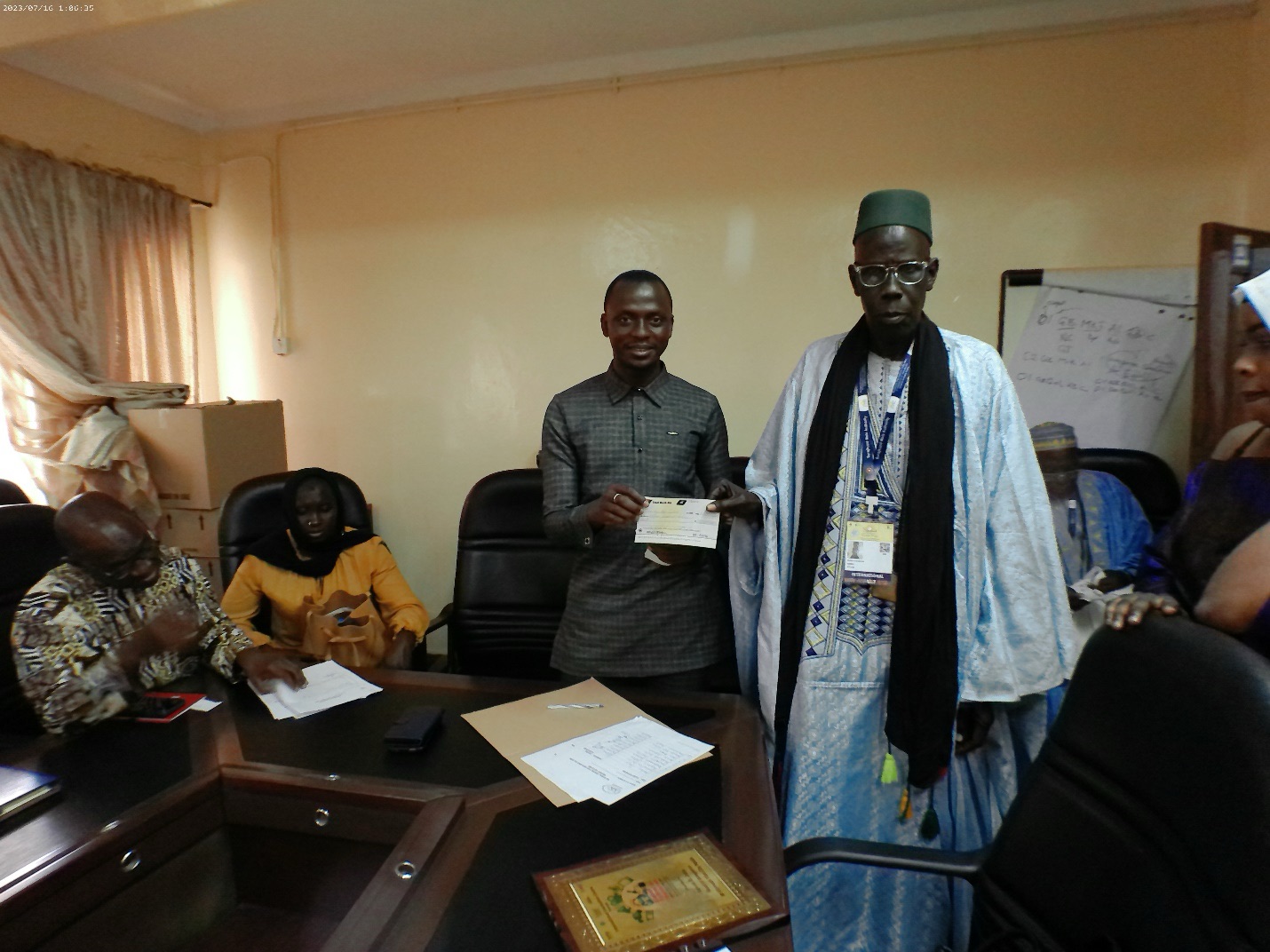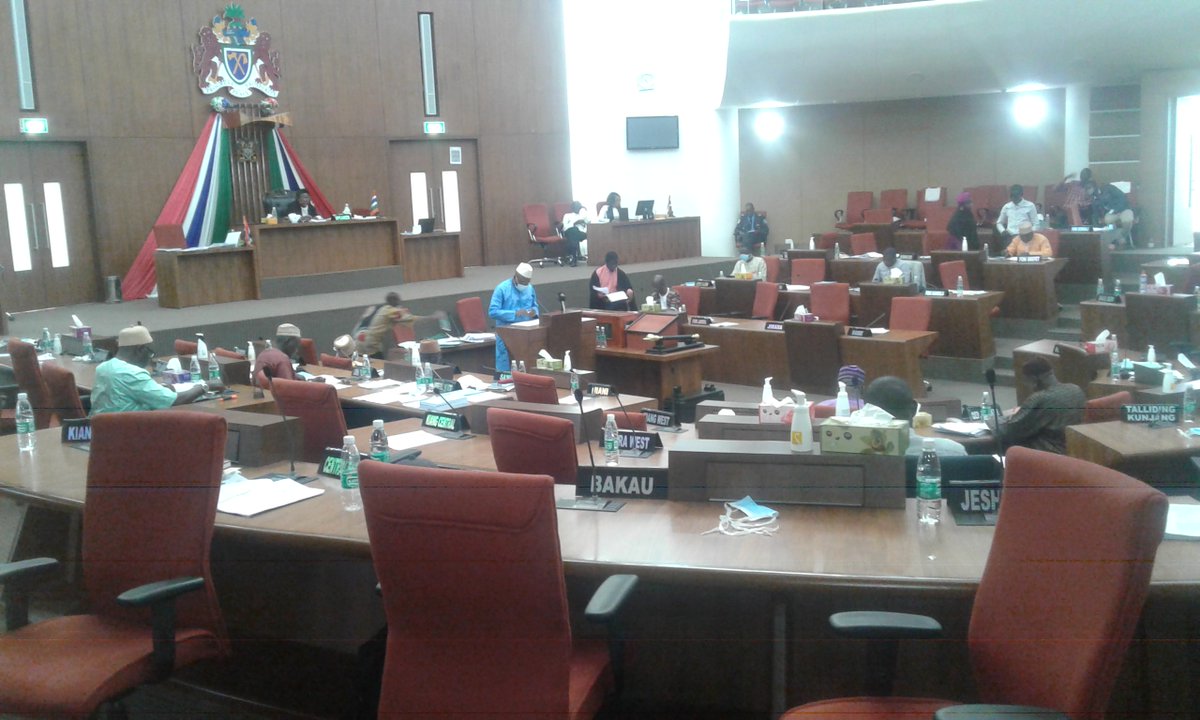Dr. Ousman Gajigo
Many Gambians consider their regular meal incomplete if it does not include rice, no matter how rich or abundant the other food items are. Rice is just not a food item in The Gambia but rather synonymous with food. It is therefore difficult to overemphasize its importance in our diet. Of course, the degreeof rice consumption could be considered by some as excessive or unhealthy. Be that as it may, rice is the single most important food item for the average Gambian and therefore its availability and affordability is a significant national concern.
With the per capita rice consumption of about 115kg, The Gambia consumes over 300,000 tons of milled rice consumption annually. What percentage of this consumption do we produce locally? Very little, unfortunately. Our local production accounts for only about 10% of rice consumption. As a result, we import close to 90% of the rice we consume.
There is nothing inherently wrong with importing a good if a country does not have a means of producing it locally or has no comparative advantage in it. For instance, no one would bemoan our importation of fuel. It is however a tragic situation if a country increasingly imports a good at a high cost for decadeswhen there are no natural or technological barriers to doing so, and the good is an essential necessity.
Our continued importation of rice at such a high rate has a significant adverse impact on the economy and food security. At the world price of US $600 per ton, our annual rice import bill is over US $ 160 million. This is one of the biggest components of our import bill. It is major factor behind our negative trade balance and current account deficit, as well as a major driver of our imported inflation. At the household level, many Gambiansstruggle to fully meet their food expenses, including individualswith even salaries. Consequently, it is a major factor behind the rising cost of living. And when the cost of living is going up in a sputtering economy, the number of people in poverty will increase.
Yet despite this reality, there is a complete government failure in addressing this persistent rice deficit, with major consequences for our development. Achieving the goal of sufficient and affordable rice cultivation is entirely feasible. All it requires is an understanding of its underlying cause, a willingness to address it and the ability to execute a feasible plan within a reasonable time period.
Significant improvements in yield (this is the measure of land productivity, which is the quantity of rice that can be grown inan area) is the condition for improving our rice self-sufficiency. It is instructive to put the atrociously low rice productivity of The Gambia in context. The average rice yield globally is over 4 tons per hectare. The average on the African continent is over 2 tons per hectare. The Gambian rice yield is currently less one ton per hectare. This low level of rice productivity is a massive indictment of the country leadership and underscores thegovernment’s lack of strategic vision when it comes to the agricultural sector.
Is it possible for The Gambia to locally produce all the rice we consume? The answer is resounding YES – without a doubt. The total arable land in The Gambia is about 440,000 hectares, of which only about 15% is currently devoted to rice cultivation. With the 66,000 hectares that is allocated for rice cultivation, the country can produce 90% of our rice need just by bringing our productivity level to that of Senegal, including a slight increase in the area under irrigation. That alone would be sufficient to dramatically change food security in the country. And if we go further and the area under rice cultivation is increased to only 18% of total arable land and attaining Senegal’s productivity, The Gambia would be able to achieve complete self-sufficiency in rice.
So the key question becomes identifying the key determinants of rice productivity that would need to be targeted by the government to achieve an average rice yield of at least 4 MT/ha? To consider whether this is a realistic task, please note that I am referencing a level of rice yield that Senegal and other African countries have already surpassed. It is worth noting that The Gambia and Senegal had a similar level of rice productivitybefore they left us behind. Given that The Gambia and Senegal share the same agro-climatic conditions, differences in yield can only be explained by factors of production that are completely within human control.
There are several factors that need to be tackled to effectively and sustainably increase rice productivity. Let’s start with the factor that the government is best placed to provide, which is irrigation infrastructure. Rice cultivation is water-intensive, which means irrigation is essential particularly for a densely populated country such as The Gambia where the limiting resource is land and the rainy season is short. Currently, only 1% of the country’s arable land has been irrigated. While there has been some progress in irrigation, certain areas have actually regressed. For example, the rice fields in Jahally village in CRR that had been equipped for irrigation in the 1980s but have not been maintained since then and as a result, rice cannot be grown there now in the rainy season because water levels cannot be controlled. Throughout the country as a whole, rice cultivation should have been a year-around activity by now.
Other inputs can be provided by both the public and the private sector, depending on the particular context. Inputs such as quality seeds and fertilizers are essential for increasing rice yield. Unfortunately, the level of fertilizer use in The Gambia is quite low. The global average for fertilizer use is 137kg per hectare of arable land, while the African average is 18kg. The figure for The Gambia is a minuscule 3kg of fertilizer per hectare per arable land. Not only is our fertilizer use low, but the government engages in a haphazard process of distributing fertilizers each year that are procured and distributed without careful thought and planning to the needs of the farmers. It is essentially a ritual annual process with the goal of appearing to do something about agriculture rather than an indicator of addressing actual agricultural problems.
Modern machineries such as tractors, paddy transplanters and harvesters, among others, are also essential to achieving high rice yield. The government does have a small fleet of tractors that are distributed across the regions and they are a considerable help to some smallholders. However, there is no standard for training equipment operators, which greatly diminishes their effectiveness. There is common misconception that tractor driving can be learned by someone simply serving as an apprentice of an existing operators for a short period. Not only are the existing operators themselves not well-trained, but the absence of standards means that the government-owned tractors are far from being optimally utilized. While tractors are essential, careful consideration must be paid to question of whether the government is best suited to operating those tractorseven if they procure them.
Financial institutions have a role in ensuring sustainable access to inputs through access to finance. After all, public finance of the supply of seeds and fertilizers is not sustainable given their budget demands. In an environment of high agricultural productivity, it should be feasible to design viable agricultural input financing schemes since high yields should enable repayment by smallholders. This requires working with existing financial institutions to design sustainable agricultural input financing schemes. Since financial institutions cannot be forced to lend to entities in a sector they consider too risky, the government needs to have a clear understanding and design a plan to helping to mitigate risk through constructive engagement with the financial sector.
Beyond the above role of financial institutions, an even more critical role is needed for private agribusiness firms forimproving rice productivity through their roles in input supplies,production, processing, storage and distribution. While the vast majority of rice producers are smallholders, the private firms will be needed to play a key role in pushing the productivity frontier by introducing new technologies and processes. These can include modern tilling methods, appropriate fertilizer applications, storage and processing, among others. By linking smallholders with agribusiness farms through well-designed cooperatives and out-grower schemes, some of these agribusiness firms can leverage their size and credit histories and assist farmers to access at affordable rates from financial institutions.
Given the importance of private agribusiness firms, the government must have a clear strategy for incentivizing their entrance in the sector and for constructively engaging them. It requires a clear understanding of our constraints in the agricultural sector and an appreciation of the immense development potential that comes from enabling their investment and commercial viability. From the top level of the administration to the lowest officials in the field, there must be a complete alignment and appreciation of the role of the private sector in agricultural transformation. An important culture change would be an understanding that by public officials that a key measure of their achievement is the success of legitimate private investors, without which the agricultural sector would not grow.
As the release of the recent budget has shown, we are in a situation where there is no little evidence of the government’s seriousness in addressing this pressing national problem. What the president or the Minister of Agriculture say about the sector are inconsistent with the actions needed to develop agriculture in The Gambia. Whether they are incapable or unwilling to bring the needed development is anyone’s guess. Either way, this is not a tenable situation if we want to develop as a country and we should not continue to accept it as normal. The views expressed in this article are the author’s own and do not necessarily reflect The Voice’s editorial stance.




